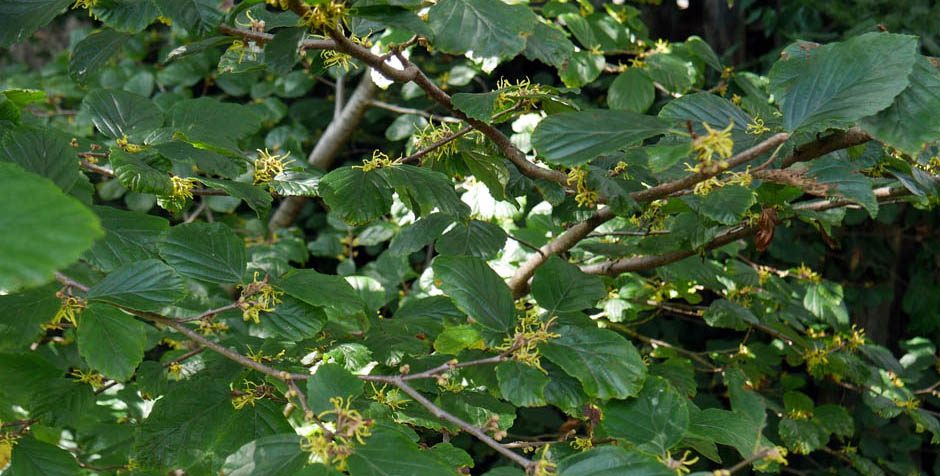Videos of Presentations
Click on the Title to see the MP4 Zoom Recording .
Power Points of earlier presentations are at the bottom of the page.
Apr. 28, How Different Is Your Neighbour? Nova Scotia vs. New Brunswick Floras
Sean Blaney of the Atlantic Canada Conservation Data Centre takes us on a comprehensive photo tour of native plants in Nova Scotia and New Brunswick, with an emphasis on the plants that occur in the one province but not the other. Sean’s extensive botanical knowledge is evident as he describes what makes each of these plants so special.
March 24, Nova Scotia Barrens Vegetation: Classification, Dynamics and Comparisons with Other Regions.
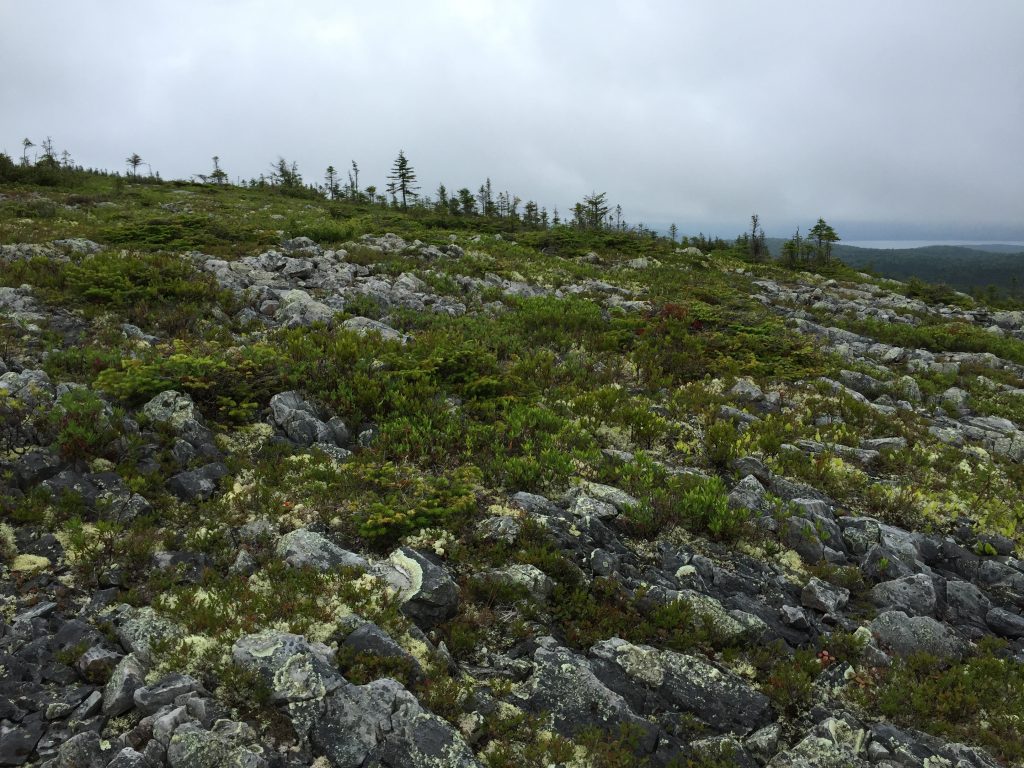
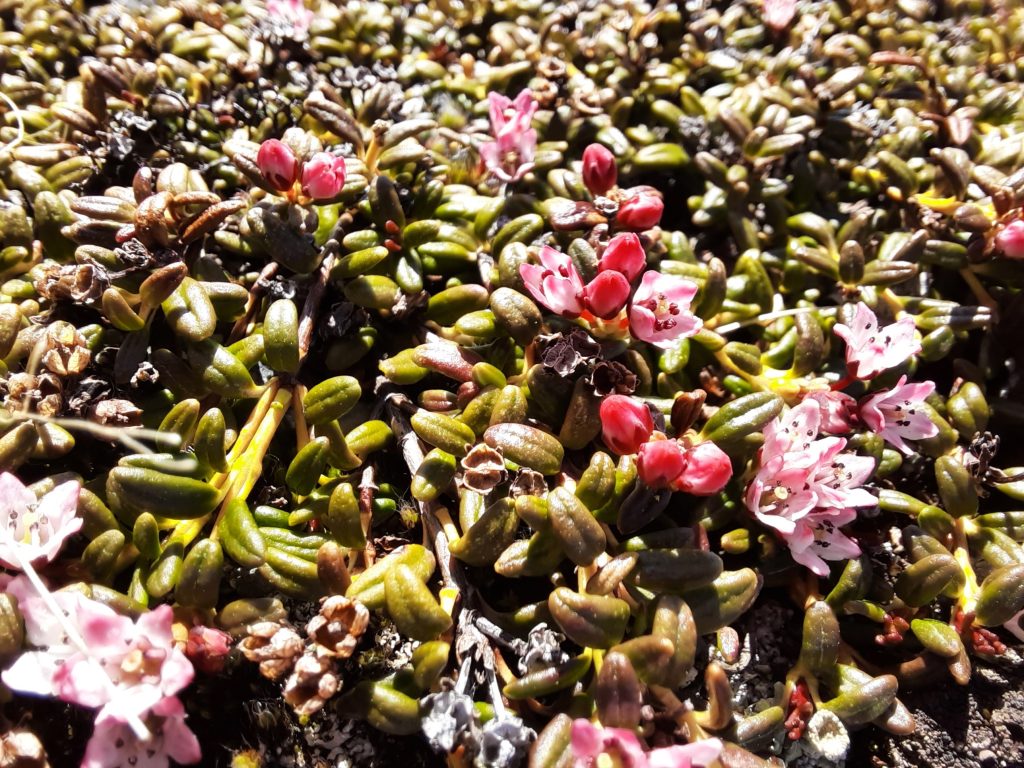
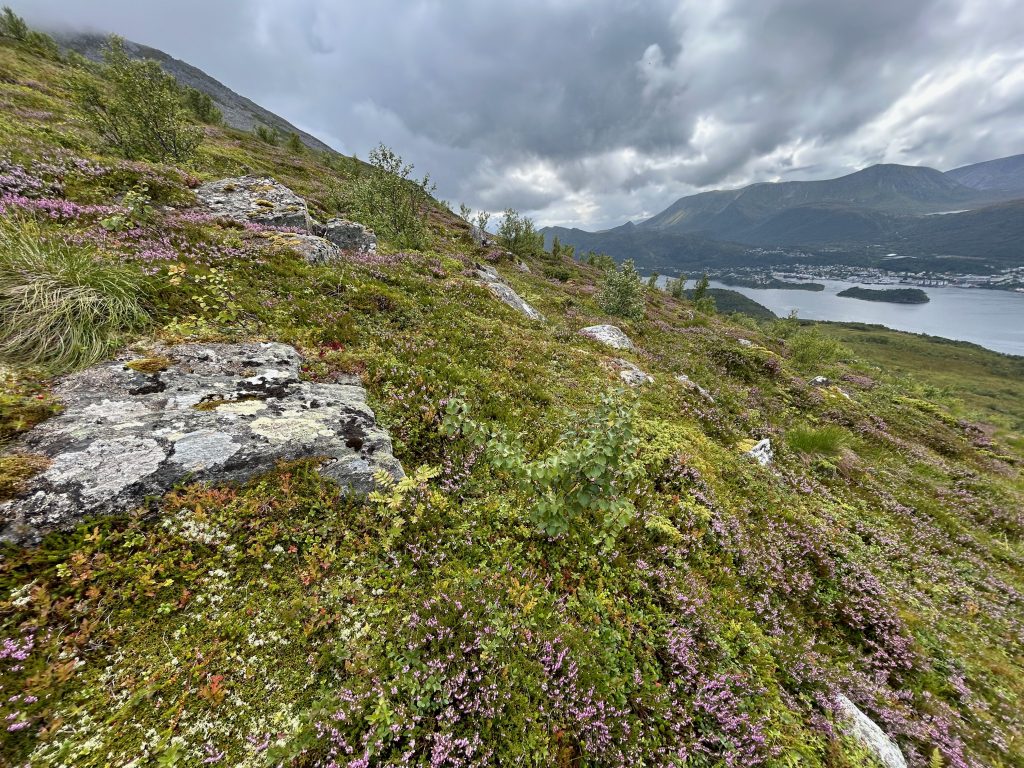
Pictures Jeremy Lundholm. Close up is of Kalmia procumbens
Jeremy Lundholm goes through the recent updates to the barrens classification that was published in 2020 and discusses some of the new types that are now recognized. Then he talks about some of the new research on dynamics: the possible role of fire and other disturbances in the creation and maintenance of some types of barrens. Finally, he discusses these issues in the context of recent trips to other regions with barrens (Newfoundland & S. Labrador; Finland and Norway).
Jeremy Lundholm is a plant ecologist with a PhD from the University of Guelph. His research focuses on tidal wetland restoration, biodiversity on barrens, and vegetation classification. He works for TransCoastal Adaptations at SMU and CB Wetlands and Environmental Specialists as a Senior Research Associate.
Feb 24, 2025 – Invasive Plants in Nova Scotia – Nova Scotia Invasive Species Council
For centuries, invasive plant species have been introduced to Nova Scotia. These plants threaten native biodiversity and several species at risk. This talk discusses what makes a species invasive, highlights some particularly problematic invasive species in Nova Scotia, and outlines what we can all do to help stop their spread.
Hughstin Grimshaw-Surette is from Yarmouth, Nova Scotia and from an early age has had a strong interest in insects and plants. He holds a B.Sc. in Environmental Science and a M.Sc. in Applied Science from Saint Mary’s University. As the Terrestrial Project Coordinator for the Nova Scotia Invasive Species Council, he is involved with invasive plant and insect surveys, invasive plant management, and outreach activities.
Jan. 27, 2025 Member’s Slide Night
Biologist David McCorquodale indulges his latent love of ferns and shares some remarkable finds from Cape Breton.
2. Suzanne Gauthier – Kew and some nearby gardens in London
Suzanne takes us on a tour of Kew Gardens, The Wetlands, Isabella Plantation, Physic Garden, Kyoto Garden, Gunnsbury in London, UK
3. Emillie Rose – Native species in the Shore Up Programme
Emillie is a project manager for Helping Nature Heal Inc. She shows us some of the restoration projects they have done featuring native plants.
4. Peter Steiner – Two plants found in the Shelburne burn regeneration
Peter shows the use of Northern Cranes-bill (Geranium bicknelli) and Narrow Leaved Pinweed (Lechea intermedia) and it’s sub-species as an an indicator of burns and other historical disturbances to the ecosystem.
5. Charles Cron – Some interesting plants (and not plants) of 2024
Charles shows us some of his favourite images 2024 – including the rare Burrowing Owl
6. Bob Kennedy – Plants of Hokkaido, Japan last October
Looking at ecosystems near Sapporo with local native plants that have become invasives here
Nov 25, 2024 – Research on using Marsh Elder (Iva Fructans) to help protect our coastlines
Allison MacNeil is a Masters student in Botany at Saint Mary’s University. Earlier this year the Nova Scotia Wild Flora Society provided financial support for her research into coastal resilience techniques using our native Marsh Elder (Iva frutescens) as a focal species.
Allison’s presention shows the progress of her research to date.
Marsh Elder is found in the upper areas of salt marshes and has the potential to play a significant role in protecting our coastlines. Despite its importance, little is known about this shrub, especially in Nova Scotia, where it is restricted to the Minas Basin and Yarmouth areas. Allison discusses her work in determining Marsh Elder’s habitat preferences, assessing fitness differences between populations, and identifying effective planting techniques to support its use in coastal restoration.
Oct 28, 2024: The Natural and Not-so-Natural History of Sandy Lake (Bedford, NS)
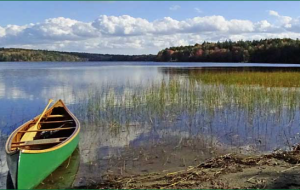 Each one of the 1000 or so lakes in Halifax Regional Municipality is physically unique but they share common threats to their ongoing integrity associated with climate change and urbanization. In this presentation to the Nova Scotia Wild Flora Society, member David Patriquin takes us on a a visual tour of Sandy Lake and its associated wetlands and watercourses and discusses ongoing and potential future impacts of climate change and urbanization on the recreational and ecological qualities of Sandy Lake. View related website: Sandy Lake & Environs (Bedford, Nova Scotia)
Each one of the 1000 or so lakes in Halifax Regional Municipality is physically unique but they share common threats to their ongoing integrity associated with climate change and urbanization. In this presentation to the Nova Scotia Wild Flora Society, member David Patriquin takes us on a a visual tour of Sandy Lake and its associated wetlands and watercourses and discusses ongoing and potential future impacts of climate change and urbanization on the recreational and ecological qualities of Sandy Lake. View related website: Sandy Lake & Environs (Bedford, Nova Scotia)
Mon Sep 23, 2024 Restoring Land Through Nature-Based Strategies
Join Rosmarie Lohnes, CEO of the award-winning Ecological Restoration company Helping Nature Heal Inc. for an insightful presentation on “Restoring Land Through Nature-Based Strategies”. With over 20 years of experience, Lohnes discusses innovative approaches to land restoration that promote the use of native species and natural methods to adapt to the changing climate. Don’t miss this opportunity to learn how we can work in harmony with nature to create resilient environments for future generations.
Suggested Reading:
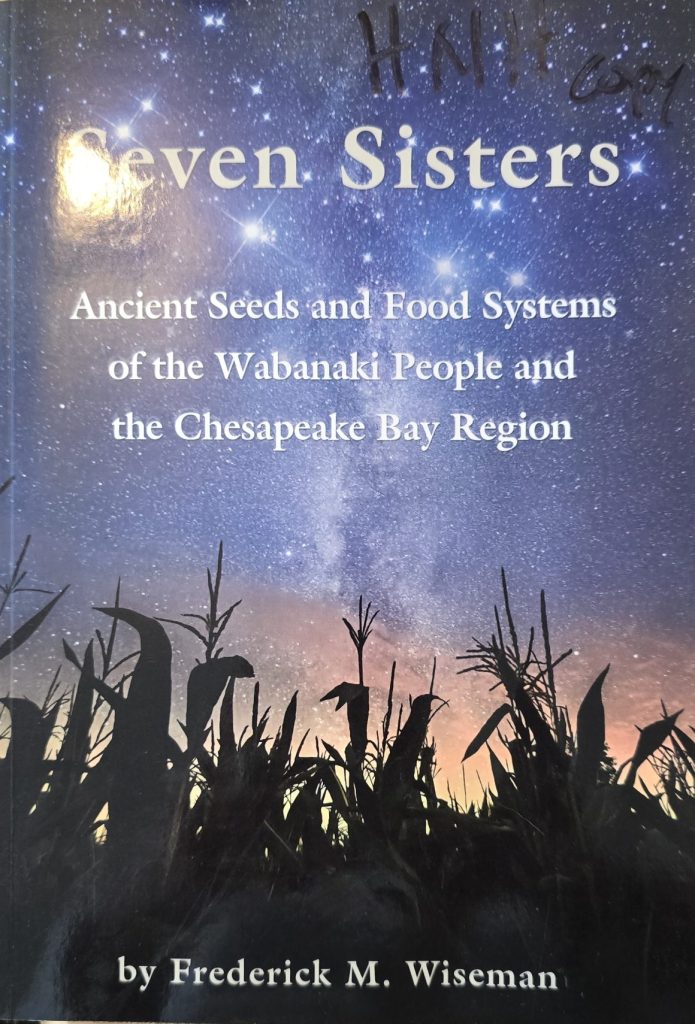
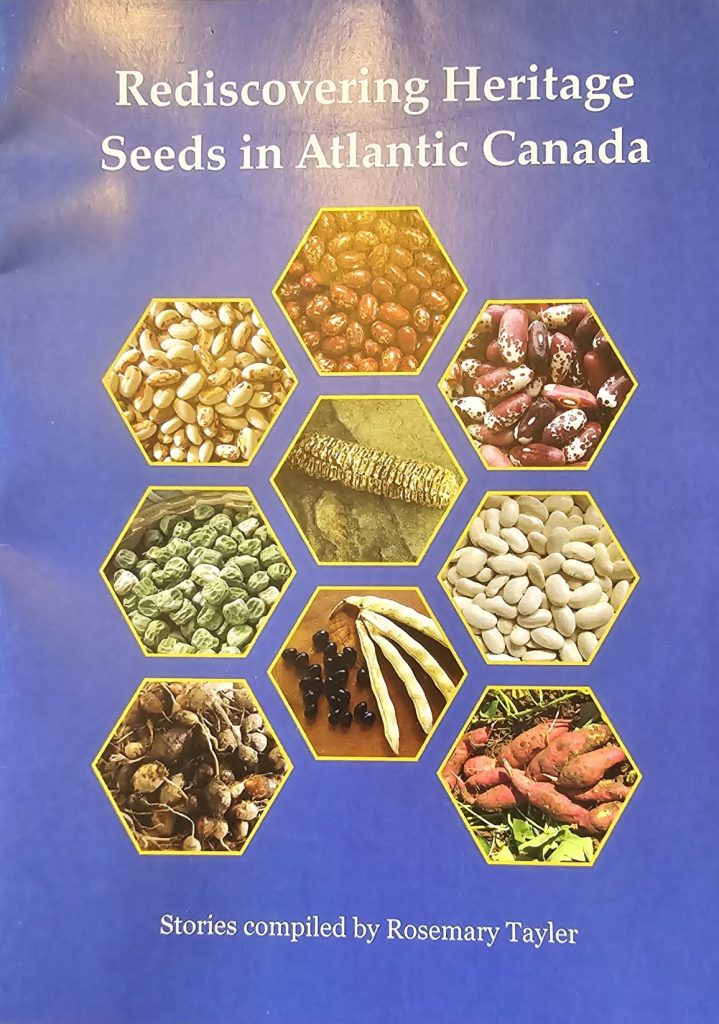
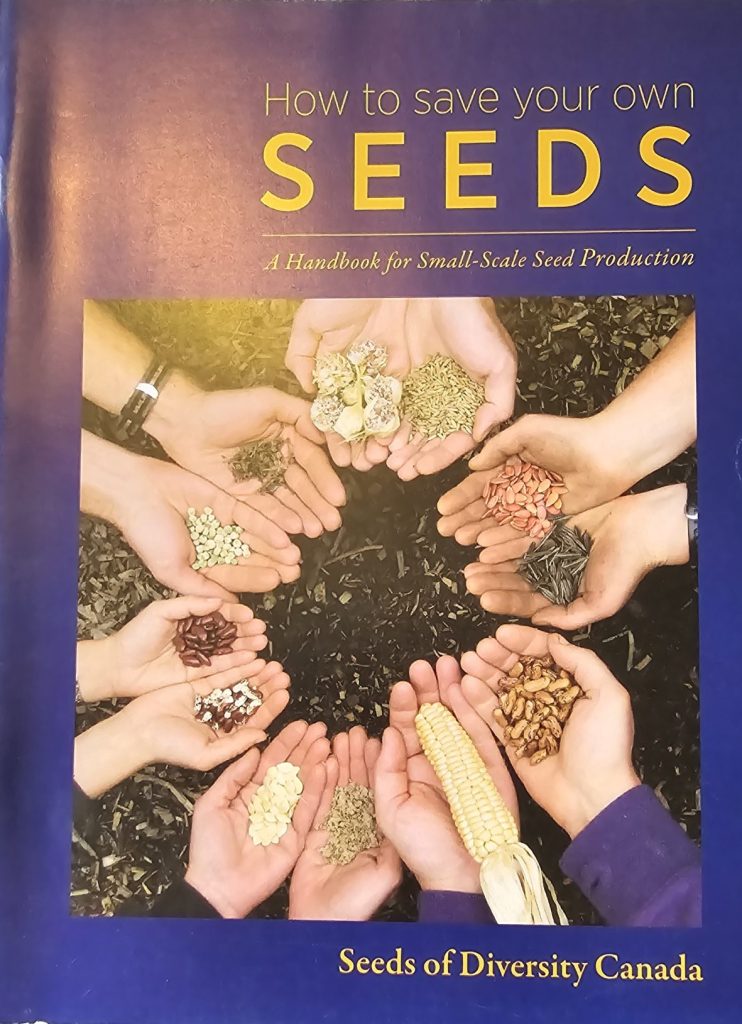
Links to other resources:
NS Books and Documentaries and Living Shoreline Resources
April 22/24 – Fiona Parker of the Atlantic Conservation Data Centre: Flora & Lichens of Blue Mountain – Birch Cove
Fiona Brooks of the Atlantic Canada Conservation Data Centre takes us through the research they did in 2023 on the flora and lichens of the Blue Mountain – Birch Cove Lakes Wilderness area.
March 25/24 – Rebecca Parker Gets Us Up to Date with The Young Naturalists Club
Rebecca (Becky) Parker is Executive Director at Nature Nova Scotia and helps run the Nova Scotia Young Naturalist’s Club. She will talk to us about their activities including the multi day expedition to SW NS in 2021 with the YNC’s older youth chapter, where they worked on various plant surveys. They found and recorded field notes on species like redroot, goldencrest, and thread-leaved sundew. After returning home they then compiled their observations and drawings into the Kids Guide to Weird Plants book, which the YNC now distributes.
They repeated the trip in 2023 and chose educational signage as their science communication topic, drafting signs that could be placed in and around national or provincial parks in the area. They’re hoping to make that a reality this or next year, but really the best part of both trips has been just letting the kids explore and draw and ask questions.
Feb 26/24 Presentation – Mike Lancaster shows us the new Island Lake Wilderness Area
Mike Lancaster, Executive Director of the St. Margaret’s Bay Stewardship Association, takes us on a virtual tour of the newly designated Island Lake Wilderness Area, a 3,927-hectare Protected Area in the St. Margaret’s Bay Area and part of the broader Ingram River Wilderness Area proposal. Mike also discusses the 8-year campaign that this designation required and the need for continued support for the 11,000 hectares of the proposed Ingram River Wilderness Area that remains unprotected. The recording was delayed, so the first few seconds of the talk are missing.
Jan 22/24 – Member’s Slide Night
1. Louise Cook – Nahanni River flora
Some of the interesting flora Louise encountered on her trip down the South Nahanni River, NWT in late June early July 2023
2. Bethsheila Kent – Flora of Cape Breton
Stunning photos of some of the lush flora of Cape Breton 2019-2023
3. Sunetra Ekanayake – Botanical Paintings and Sri Lanka Garden
Sunetra shows a variety of her beautiful watercolours of native Nova Scotia plants, then guides us through her family garden in Sri Lanka
4. Suzanne Gauthier – Spring Garden Tours of the Mid-Eastern United States
Suzanne takes us to some of the famous gardens of North Carolina, Virginia, Delaware and Pennsylvania in March/April of 2023
5. Bob Kennedy – Flora of the Portuguese Algarve and SW Nova Scotia 2023
A sampling of the flora in different ecosystems of the Algarve region of Portugal in January 2023 plus a record of the Nova Scotia Wild Flora Society field trip to SW Nova Scotia in late Aug 2023 (in flood) to see Atlantic Coastal Plains flora.
6. Charles Cron – Various photos of Nova Scotia flora 2023
Charlie selects a few of his remarkable photos from the sites he explored over the course of 2023.
Nov 27/23 Presentation – Nina Newington and the Save Our Old Forests campaign
Nina Newington and other citizen scientists are playing a key role in the effort to protect the proposed Goldsmith Lake Wilderness Area in Annapolis County. To date they have identified 27 Species At Risk occurrences (principally lichens), halting logging operations for now. They recently discovered an area of old-growth forest where DNRR maps showed only forest under 80 years old. Nina will present an overview of their explorations and the Save Our Old Forests campaign which recently expanded to include Halifax County.
Oct. 23/23 Presentation – Fires, Conservation and Fire Management in the Halifax Backlands
Online presentation by David Patriquin to the NS Wild Flora Society.
The “Backlands”, located only a few kilometers from from peninsular Halifax, NS, are a Thompsonesque urban wilderness of approximately 1350 hectares which include nine lakes, hills with spectacular views and dozens of kilometers of informal hiking and biking trails. Erratic blocks, whalebacks and boulder fields are prominent features of the glacially scoured rocky landscape. It is also one of the most fire-susceptible landscapes in Nova Scotia, with recurrent fires pre-dating European settlement. One result is the presence of highly fire-adapted plant communities including the globally rare ‘Jack Pine/Broom Crowberry Barrens’.
David will describe the plant communities, their fire ecology, and discuss what’s involved in managing fire to conserve these ecosystems while at the same time protecting structures and people at the Urban-Wildland Interface.
For more about the area, visit www.backlandscoalition.ca.
David Patriquin, Professor of Biology at Dalhousie University (retired 2008) is involved in conservation-oriented activities with several local natural history, trail and environmental organizations.
Sep 25, 2023 Laugavegur Trail, Iceland
Sean Haughian, the Curator of Botany at the Nova Scotia Museum, shares a slideshow about his 2017 trek along the world-famous Laugavegur trail in Iceland. Sean shows photos of many unfamiliar ecosystems, such as black deserts, high alpine glaciers, and jagged lava fields, as well as a few familiar ecosystems, such as riverside valleys and heathlands, while emphasizing the characteristic and exceptional plants throughout.
Unfortunately we had audio problems for the first 2 minutes but things got better, so hang in there.
Apr 24/23 Presentation – ACCDC Field Work in 2022
Burke Korol and Iain Crowell of the Atlantic Canada Conservation Data Centre give a presentation of their most recent activities documenting the flora of the Maritimes.
Mar 27/23 Presentation – The Logic of Black Ash
Many people have never seen a black ash tree. As Ecologist Nick Hill says “truth told, I was in my fourth decade of Nova Scotian botanical fieldwork before I noticed one. Why?”
The black ash, “wisqoq” of the Mi’kmaq, can be large bottomland trees in the Great Lake states and along the St John River but there is only a scattering in Nova Scotia and they are rarest in the acidic southern uplands. Nick will summarize and interpret the findings of the latest field research and try to answer:
Why is the black ash rare?
How can it survive?
Nick Hill PhD has worked Post-Doctorate and as an Associate Professor in Botany/Ecology. He is currently a self employed Consultant Ecologist and has Adjunct Status at Dalhousie and St. FX Universities
He has been Project Coordinator for: 1. Bog Restoration, Globally Imperilled Avens, 2. Wetland delineation and assessment, 2. Botanical inventories (rare plants), 3. Ecological assessments , Monitoring, Restoration analyses, 4. Wetland training courses
Feb 27/23 Presentation – Botanical Tales and Climate Change in Nova Scotia
David Garbary is a Professor of Biology at St. Francis Xavier University in Antigonish. He gives a talk to our members about climate change in Nova Scotia. This is from published work where Nick Hill and he looked at the temperature record for the province starting around 1960. He then explored how wind and storms have changed over the same period. This is new work that he is currently preparing for publication. To conclude, David relates climate change to a couple of plant stories including late flowering plants, some changes in the seaweed flora, and the implications for Eastern Mountain Avens (Geum peckii).
Jan 30/23 – Member’s Slide Night
1. Rosalyn Duffus – Gardening with Native Plants New and Old
Expanding an inventory of native plants already present in her Bedford gardens with additions from her travels to Polly’s Cove and Brier Island.
Also, Rosalyn has provided us with some additional photos of the garden about her house. Rosalyn Duffus Home Garden
2. Bethsheila Kent – Ericaceous plants – local subshrubs and shrubs in the Family Ericaceae
Bethsheila provides a detailed overview of the many Ericacous plants in Cape Breton. Unfortunately, the Zoom connection was poor, so the audio is often distorted – however the slides are well labelled and if you mute the audio, the video can skipped from picture to picture using the slider at the bottom if you prefer.
3. Suzanne Gauthier – Flora of Sicily, Feb 2018
A record of Suzanne’s trip to Sicily in 2018 highlighting the various plants she encountered and other sights of interest.
Due to technical problems, Suzanne was unable to present this during our Member’s Slide Night Zoom Meeting. She and Bob Kennedy later solved the problems and here she presents to him.
4. Bob Kennedy – NSWFS Field Trip to Scatarie Island Aug 2022
A walk through some of the most interesting finds of our two day trip to Scatarie Island.
5. Charles Cron – The Disappearance of Blood Root along the Meander River and Selected Photographs
6. Mary Macaulay P.Eng. – Salvage Eco-Archaeology in Nova Scotia Crown Lands
Hypotheses based on the data Mary has rediscovered in the field using the latest Lidar technology. Running time 1 Hr 15 Min
Nov 28/22 Presentation – The Diverse Bees of Nova Scotia:
Bees pollinate many flowers that are important for people. There are far more bees that share NS with us than most people appreciate. Alana Pindar explores what bees are in NS and how we can provide habitat and resources for bees to increase pollination.
Alana Pindar is an early career scientist and recently appointed Weston Family Visiting Professor in Ecosystem Health and Food Security at Cape Breton University. She has been studying changes in wild bee communities in Eastern Canada for over 15 years. In 2016, She led a provincial report on the Status and Trends for Pollinator Health in Ontario for the Ontario Ministry of Agricultural and Rural Affairs was awarded the Webster Postdoctoral Fellowship in Environmental Sciences for her work.
Oct 24/22 Presentation – The Origin, Rationale and Results of the Last Hope Camp:
Nina Newington is a writer, gardener, carpenter and forest protector. She presents her experiences with The Last Hope camp – a protest camp established on a logging road in Annapolis County on 2nd December, 2021. The goal was to protect a 24ha forest.
Documentary on The Last Hope Camp
April 25/22 Presentation: AC CDC 2021 Botanical Finds in Nova Scotia
Executive Director Sean Blaney gives an overview of the activities of the Atlantic Canada Conservation Data Centre for 2021. There were several new finds and updates to the conservation status of many species.
March 28/22 Presentation: Eastern Dwarf Mistletoe in Nova Scotia.
Bob Guscott gives a talk on the identification, biology, distribution and ecology of Eastern Dwarf Mistletoe at our member’s Zoom meeting on March 28. Bob is retired after 30 years with the Nova Scotia Dept. of Natural Resources as a Chief Technician and GIS Analyst. He lives in Wellington and remains an active volunteer and a keen naturalist
Eastern Dwarf Mistletoe Arceuthobium pusillum, is a little known and often overlooked, native, parasitic plant. It is found primarily on spruce trees throughout Nova Scotia, often along the coasts and in treed bogs. It is tiny but it can have a huge impact on the health of spruce forests in Nova Scotia.
Feb 28/22 Presentation: An Introduction to iNaturalist and the City Nature Challenge.
iNaturalist is a recognized citizen science program. It is led by the Canadian Wildlife Federation (CWF) along with Parks Canada, NatureServe Canada and the Royal Ontario Museum (ROM), which collectively make up the iNaturalist Canada Steering Committee. The platform is managed by the steering committee in collaboration with iNaturalist.org which is a joint initiative of the California Academy of Sciences and the National Geographic Society.
The primary objective of iNaturalist is to help people connect with Nature.
In 2019 to help introduce iNat to Nova Scotians HRM was registered to participate in the global City Nature Challenge. The following year three areas in NS were registered. In 2022 HRM, CBRM, and the Valley (Kings and Annapolis Counties) are once again registered to participate. This 4-day event is an excellent opportunity to encourage people to get outdoors, to explore, to observe nature, to share observations, and to have fun.
Prior to the 2022 CNC event local groups such as the WFS are encouraged to browse and review existing observations and provide feedback on ways to improve content. A quick review filtered for plants with locations in Nova Scotia shows 207,712 observations of 2,633 species from 7509 observers. Over 3000 members helped suggest names for these observations.
Use this presentation to learn how to explore content, how to create your own account, how to share observations (old and new), and how to comment on observations shared by others. Learn how to contribute to projects and how to provide feedback on how to improve content associated with wild flora.
Here is the text of the Chat that was ongoing during the presentation
Jan 24/22 – Member’s Slide Show
5 NSWFS Members – Charles Cron, Anne Mills, Jeff White, Bob Kennedy and Doug Van Heemsen present pictures of their memorable finds for 2021. Plus Mary Macauly presents a summary of all the work she has done trying to protect the new areas on the crown land being considered for clear cutting. She includes her discovery of historic remnants from ancient Mi’kmaq and Acadian settlements and trails.
Nov 22/21 Presentation – Finding Beauty and Diversity in our Mosses and Liverworts
A recording of the Nov 22 Zoom presentation by Biologist Anne Mills who has been interested in the field of Bryology since she retired.
The study of bryophytes; liverworts, mosses and hornworts, can be a daunting task to the beginner but she introduces you to some of the more common and familiar, small-sized wonders of the plant world that evolved more than 400 million years ago during the Paleozoic Era.
Includes question and answer session at end.
Oct 25/21 Presentation – Destination Botany (or What I did on my summer vacation)
A recording of Jeff White’s Zoom presentation on Oct 25.
Mainly in July of 2021, Jeff vacationed in a wide variety of locations in NS and NB. Day trips took him to many destinations: from well-known waterfalls to rare-plant locations to personal family visits. These provided opportunities for botanizing, of course. Jeff will show plenty of photos of the delightful flora he found in places like Pollet’s Cove in Cape Breton, Moose Island (Five Islands) and Oromocto, NB.
Power Points of Presentations
This is a collection of Power Point Presentations by previous guest speakers that we happen to have on hand. Files must be completely downloaded in order to view – which may take some time.
Contributing to Botanical Knowledge in Nova Scotia – Sean Blaney Apr. 27, 2021
Brad Toms Recovering Lichens in NS Feb 2021
The Plants of our Newfoundland Limestone Barrens – John Maunder Dec 2, 2020
Sean Blaney ACCDC Botany Field Projects 2018 Apr. 27, 2019
Bob Kennedy’s Summer Trips of 2018 – Jan 3, 2019
Ecology of Plants on Green Roofs – Amy Heim May 10, 2018
Bee diversity and pollen foraging on native plant green roofs in Halifax – Emily Walker May 10, 2018
